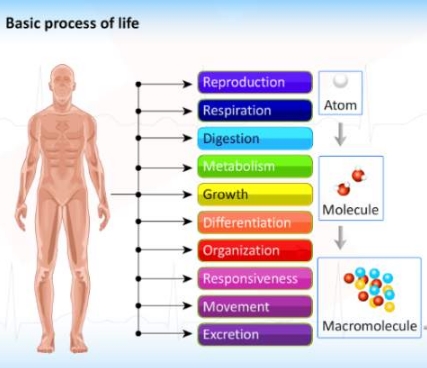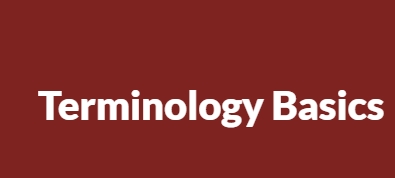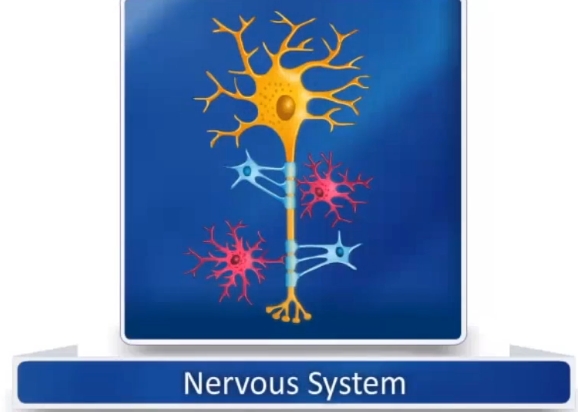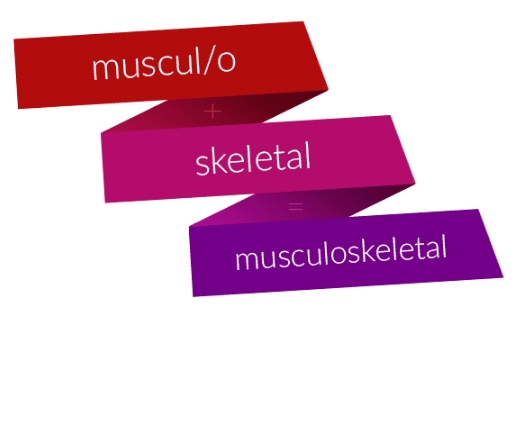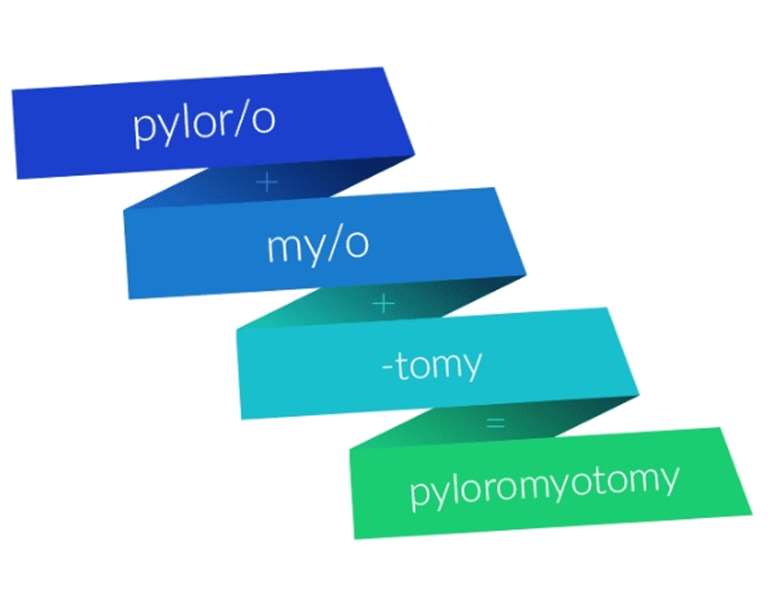About this course
Healthcare and medical professions have their own vocabulary, a specialised language that allows for quick and efficient communication between its members while minimising potential misunderstandings. Whether you are new to the medical profession or need a refresher class, we have a medical terminology course that will give you the boost you are looking for to further your career! In this course, we will cover the medical language and terminology used by healthcare professionals everywhere (in this specific subject area). If you’re interested in pursuing a health career and need the ability to communicate with medical professionals, you will find this course a perfect fit by providing you with a solid foundation in medical language.
This course forms one (subject-specific) module of our comprehensive "Medical Terminology" programme (which is comprised of 17 subject modules in total). The full programme is recommended if you require an extensive primer in various core aspects of medical terminology.
Lesson Objectives
- Describe the milestones and major landmarks in a child’s health story.
- Identify the different stages of childhood development and necessary health monitoring.
- Define specific terminology as it relates to pediatrics and diseases in children.
- Name diagnostic procedures performed in pediatric medicine.
- Analyze medical prefixes, suffixes, combining forms and abbreviations for this specialty.
- List medications or treatments applicable to pediatrics.
- Relate conditions and disorders unique to this medical specialty.
- Identify genetic disorders in pediatric medicine.
Content
- 15.0 Child Development
- 15.1 What Pediatricians Look For
- 15.2 Common Illnesses & Injuries in Children (A-C)
- 15.3 Common Illnesses & Injuries in Children (D-F)
- 15.4 Common Illnesses & Injuries in Children (G-M)
- 15.5 Common Illnesses & Injuries in Children (O-T)
- 15.6 Common Illnesses & Injuries in Children (U-V)
- 15.7 Chapter 15 Quiz 1
- 15.8 Pediatric Immunizations
- 15.9 Common Pediatric Specialty Disorders
- 15.10 Behavioral Disorders
- 15.11 Dermatology
- 15.12 Gastroenterology
- 15.13 Hematology
- 15.14 Immunology/Autoimmunology
- 15.15 Neurology
- 15.16 Oncology
- 15.17 Orthopedics
- 15.18 Pediatric Surgery
- 15.19 Respiratory
- 15.20 Urology
- 15.21 Pediatric Classification Systems
- 15.22 Ballard Score
- 15.23 Pediatric HIV Classification
- 15.24 Tanner Staging
- 15.25 Pediatric Emergency Medicine (A-B)
- 15.26 Pediatric Emergency Medicine (C-L)
- 15.27 Pediatric Emergency Medicine (M-W)
- 15.28 Fracture types
- 15.29 Terminology Review ER Pediatric Medicine
- 15.30 Pediatric Assessment Triangle (PAT)
- 15.31 Genetics
- 15.32 Genetic Terminology Review
- 15.33 Genetic Syndromes (A-C)
- 15.34 Genetic Syndromes (D-G)
- 15.35 Genetic Syndromes (H-M)
- 15.36 Genetic Syndromes (N-Z)
- 15.37 Chapter 15 Quiz 2
- 15.38 Genetic Syndrome Terminology
- 15.39 Tests in Childhood
- 15.40 Multi-Domain Screening Instruments - Families & Caregivers/Teachers
- 15.41 Other parental or caregiver screening exams:
- 15.42 Social-Emotional Assessments - Families & Caregivers/Teachers
- 15.43 Multi-Domain Screening Instruments - Professionals
- 15.44 Prefixes, Suffixes, Combining Forms, Abbreviations & Sound Bites
- 15.45 Chapter Review
- 15.46 Chapter 15 – Test
- 15.47 Pediatrics Chapter Survey

